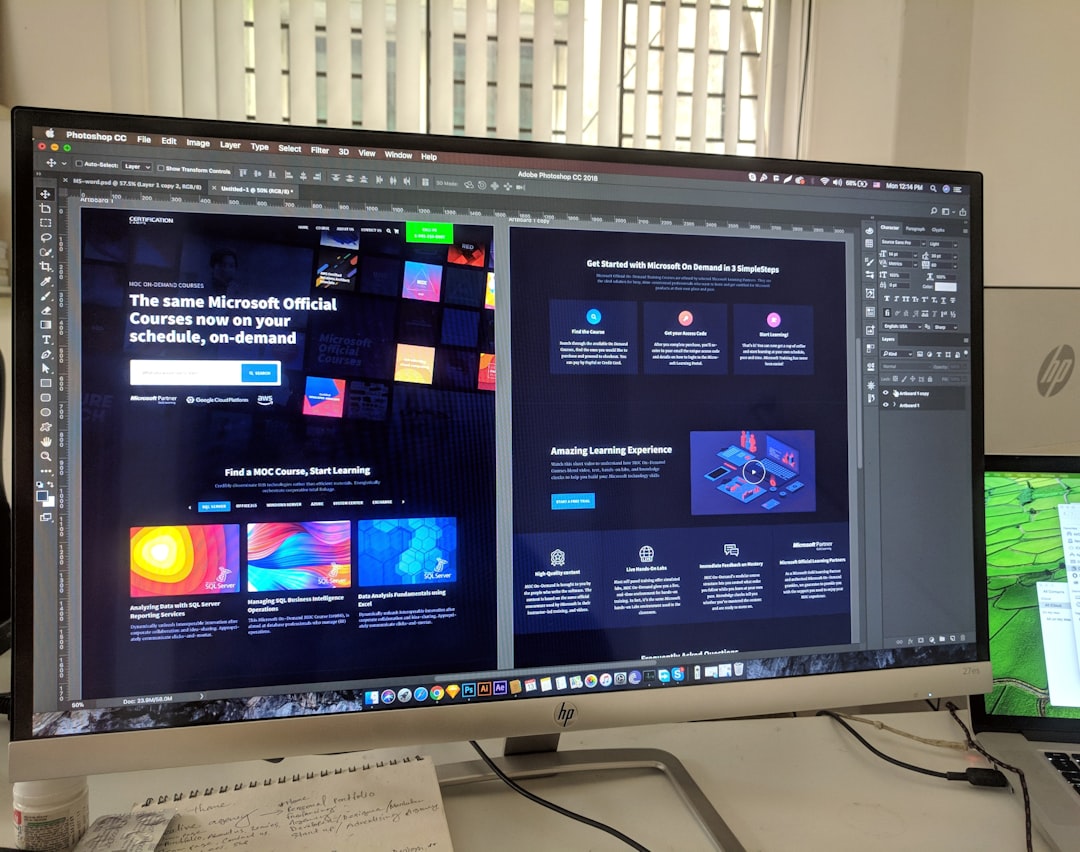Loan origination is a critical process in the financial industry, forming the backbone of how individuals and businesses secure the funds they need. At its core, loan origination encompasses all the steps involved in processing a loan application, from the initial application to the disbursement of funds. Understanding this process is vital for both borrowers and lenders, as it ensures that loans are issued efficiently and responsibly.
The process begins when a potential borrower submits a loan application. This application typically includes detailed information about the borrower’s financial status, including income, expenses, and credit history. Lenders use this information to assess the borrower’s creditworthiness and determine the risk involved in lending to them. An integral part of this initial phase is the pre-qualification process, where a lender evaluates whether the borrower meets the basic criteria for a loan.
Once the application is submitted, the lender moves on to the underwriting phase. During underwriting, the lender conducts a more thorough examination of the borrower’s financial situation. This step often involves verifying the information provided in the application, such as employment history and income, as well as assessing the value of any collateral offered. The underwriter’s goal is to determine the likelihood that the borrower will repay the loan as agreed. This phase can be complex, requiring careful analysis and sometimes additional documentation from the borrower.
After underwriting, the next step in the loan origination process is the approval and offer stage. If the underwriter determines that the borrower meets the necessary criteria, the lender will issue a loan approval. At this point, the lender provides the borrower with a loan offer, detailing the terms and conditions of the loan, including the interest rate, repayment schedule, and any fees involved. It’s crucial for borrowers to carefully review these terms to ensure they understand their obligations.
With the loan offer accepted, the process moves to closing. During this stage, all parties involved sign the necessary legal documents, and the borrower may be required to pay any closing costs. This is also when the borrower officially agrees to the loan terms, and the lender commits to providing the funds. Once the closing documents are signed, the final step is the disbursement of funds, where the lender releases the loan amount to the borrower, either directly or through a third party.
Efficiency in loan origination is essential not only for the satisfaction of borrowers but also for the profitability and risk management of lenders. Technological advancements have significantly impacted this process, streamlining many steps through automation and digital platforms. These innovations enable lenders to process applications more quickly and accurately, reducing the time and effort required for both the borrower and the lender.
For more in-depth information about the intricacies of loan origination and the latest industry practices, you can explore resources available at Ficoso’s website. Understanding these processes can empower borrowers to make informed decisions and help lenders optimize their operations.
In conclusion, loan origination is a multifaceted process that requires careful attention to detail and a thorough understanding of financial principles. By navigating this process effectively, borrowers can secure the funding they need under favorable terms, while lenders can minimize risk and ensure compliance with regulatory standards. As the financial landscape continues to evolve, staying informed about loan origination practices is more important than ever.







